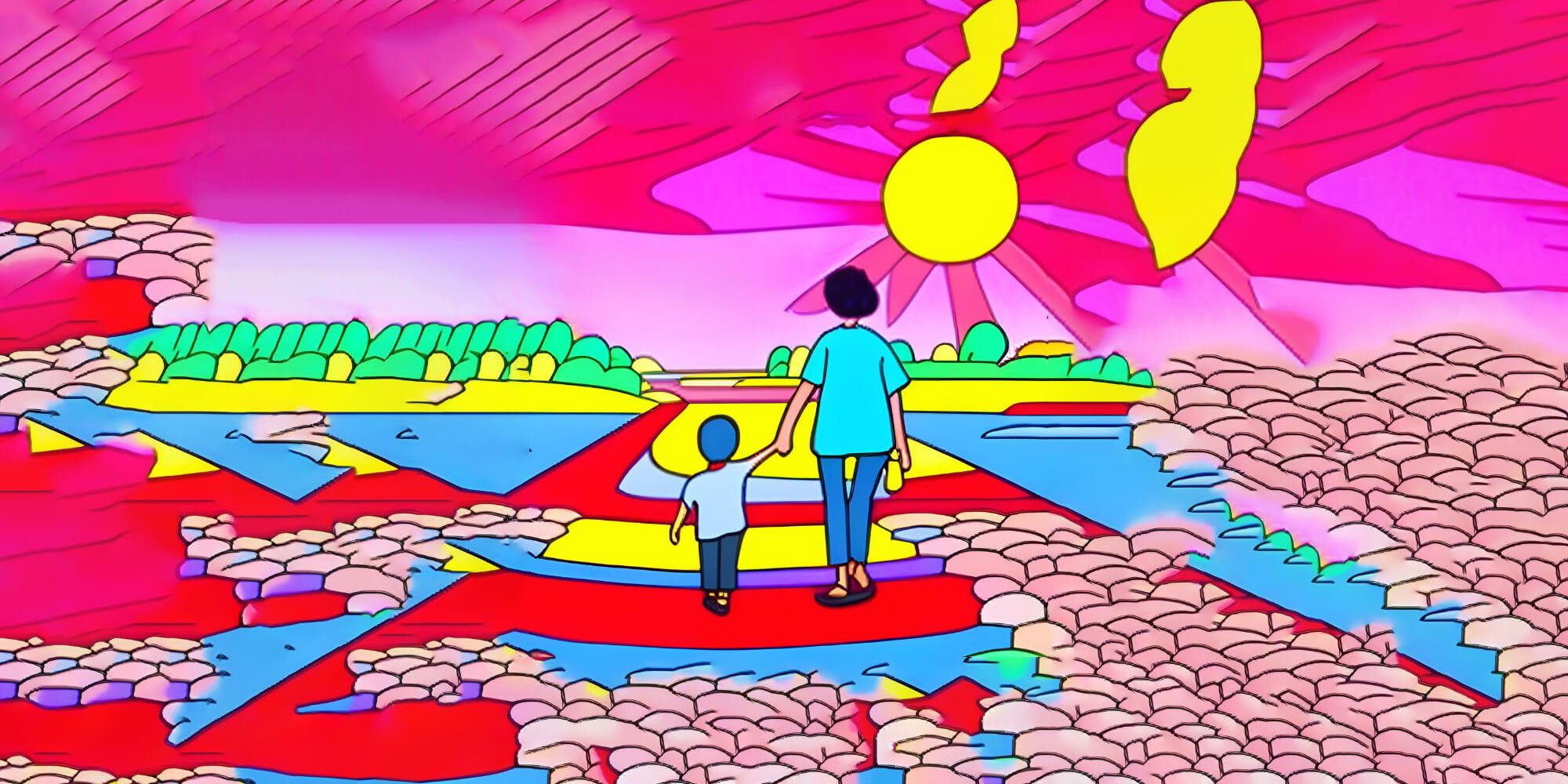INCOME ASSISTANCE FOR CHILDREN IN LOW-INCOME FAMILIES
New Zealand’s key income assistance programme for children, “Working For Families”, is failing to ensure that all children live free from poverty. As the name suggests, “Working For Families” has attempted to mix paid-work incentives with vital assistance for children. These are two very separate goals. The state mixing the two goals has had catastrophic results for many families who do not get the financial assistance they need to support their children adequately.
RECOMMENDATIONS
Rename “Working For Families” to reflect the needs of children, not paid work.
The best interests of all children and their families must be put at the centre of this policy. Child payments supposed to alleviate poverty should not also be used to ‘incentivise paid work’.
Remove discrimination. Decouple vital assistance for children from all paid work requirements and the source of parental income.
The IWTC should be immediately folded into the Family Tax Credit, to form one simple payment for which all low-income children are eligible. This would be a targeted and very efficient way of reducing child poverty, offering a higher level of support only to those who currently do not get the IWTC.
This move would cost approximately $500m per year, and would be highly cost-effective in helping lift children out of severe poverty, and stop the discrimination against them.
Index all aspects of financial assistance for children (including Best Start) to wages annually (and to CPI inflation where it exceeds wage growth), as is the case for NZ Superannuation.
Empower low-income families in paid work by:
Restoring the threshold at which WFF starts to abate to its original real value, and index annually to wages (and to CPI inflation where it exceeds wage growth).
Decreasing the WFF abatement to its original 20% (currently 27%) to lower the effective marginal tax rates (clawbacks) and improve the returns from work.
This increases direct incentives to work, offering 7 cents more for every dollar earned.Increasing the threshold for abatement of benefits from 7 to 15 hours at the minimum wage.
Exploring targeted ways to help with the costs of paid work such as child-care and transport subsidies.
IMPACTS AND INDICATORS
If implemented, these actions would be steps towards moving Aotearoa to be a nation where all children and families flourish free from poverty.
1. Significantly more children and their families will be empowered to live free from the toxic stress of poverty.
They will have better life outcomes, and be better able to contribute to society. The research is clear that giving families enough money is the most effective way to create positive outcomes.[ii]
The Government would be much more likely to meet its child poverty reduction targets and meet them on schedule, including reducing material hardship; and child poverty would also measurably reduce on a range of other indicators (Recommendations 2 & 4 above) and be “future-proofed” – there would be some guarantees against erosion (Recommendation 3 above).
2. New Zealand would no longer be shirking its responsibilities under the UN Convention of the Rights of the Child via the IWTC.
Folding the IWTC into the Family Tax Credit (Recommendation 2 above) would remove the current discrimination against children, and would put the best interests of the child at the heart of the state’s key income assistance programme for children.
3. It is likely that more families could choose to enter paid work.
Removing some of the costs and barriers of going into paid work (Recommendation 4 above) would enable more caregivers to go into paid work, if their circumstances and caring duties allow.[iii]
Fixing income assistance for low-income children is an essential step:
· for New Zealand to meet its targets for UN Sustainable Development Goal 1: “End poverty in all its forms everywhere”
· for New Zealand to meet its obligations under the UN Convention of the Rights of the Child
· towards the national vision “that New Zealand be the best place in the world for children and young people”.


Children Can’t Eat a Promise: Rethinking the Education-to-Employment “Silver Spoon”